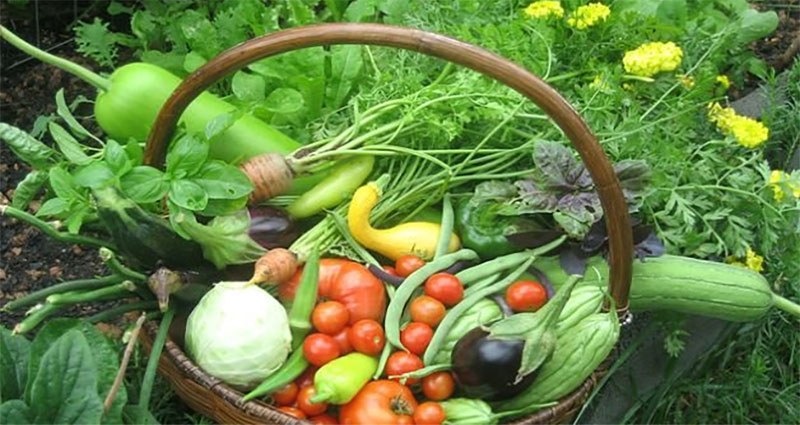Heirloom Gardening for Biodiversity. The simple act of growing a variety of plants creates a diversity of species in your garden. But you may not realize all the benefits you get. Ecologists correlate species biodiversity with productivity. It means that more diverse systems produce more biomass. And that means more vegetables for your table!
Gardening with heirloom seed enhances the gardening experience for everyone, and there are several heirloom vegetables you can try growing if all growing conditions are met. Some famous heirloom vegetables grown worldwide include yellow plum tomatoes, Lolla Rossa lettuce, Moon and Stars. Watermelon, pink Brandywine tomatoes, Henderson lima beans, rainbow carrots, blue Hubbard pumpkin, Big Jim peppers, lemon cucumber and royal burgundy beans.
When it comes to understanding heirloom plants, there is no simple definition. Some claim that heirloom plants existed before 1951 when farmers introduced hybrid cultivars. Others say that to qualify. Plants must be passed down in families from generation to generation or be traceable for at least fifty or 100 years. Unlike newer hybrid plants, traditional plants pollinate naturally, without human assistance.
But what are the pros and cons of growing heirlooms in the garden? Are there any special benefits to Heirlooms or reasons to avoid them altogether?
Advantages of Planting Heirlooms
Open-pollinated seeds that are at least 50 years old or more. These seeds are often passed down from generation to generation. There are several benefits of inheritance. To appreciate it, it’s worth defining heirloom seeds. As mentioned above, heirloom seeds are open-powdered and over 50 years old and open-powdered. Before the 1900s, all Seeds were heirlooms passed down from family to family. Some of these relics can even be traced, coming with the pilgrims!
Open pollination means depositing seeds season after season, and the resulting plant will remain loyal to the parent plant, something hybrids cannot be proud of. Traditional plants are, in fact, the precursors of today’s hybrids which would not exist without them.
If you save seed from a hybrid, one or two plants out of 10 that grow from this seed will become the parent plant. It takes at least seven years of storage and cultivation to return to the original parent plant.
Why is this important? Hybrids consist of the best qualities of a particular heirloom and are combined to create something new. In my opinion, why mess with something that is already near perfect? Heirloom seeds have been selected as the best of a plant and then passed down from generation to generation. It means that heirloom tomatoes, for example, are often the best-tasting tomatoes farmers have produced for generations.
Another benefit of heirlooms is nutrition. It turns out that over the years, as growers have chosen hybrids because they deliver better or produce higher yields, trade-offs have been made not only in taste but also in nutrition; heirlooms are often higher in nutrients than hybrids.
Heirlooms often don’t ripen all at once, which is a blessing for a family who can only eat a few of those tomatoes at once. A rotating plant gives the gardener time to use mature products over time rather than all at once.
Lastly, if the arguments above haven’t convinced you to grow heirloom plants, think about the cost difference. Traditional seeds may or may not be cheaper than hybrids, but over time, if you save the Seeds, it will cost you $0, which is much more affordable than buying seeds year after year, let alone purchasing products at market prices.









